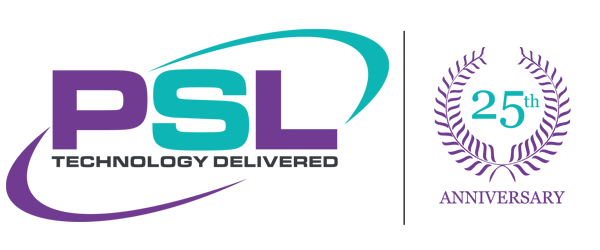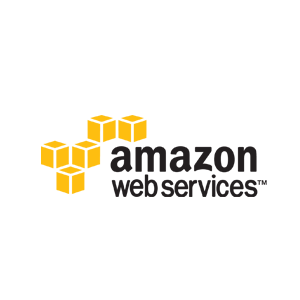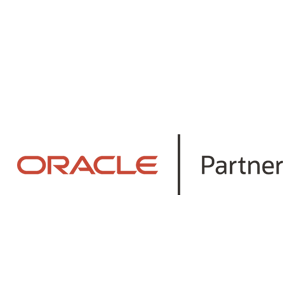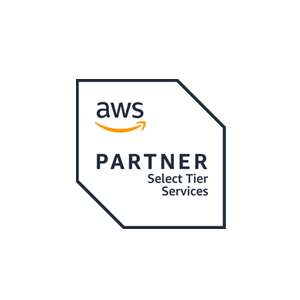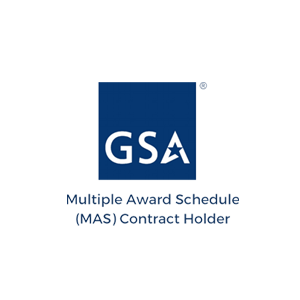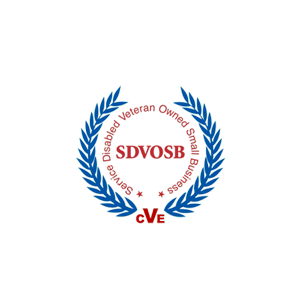13 Jan A Look at the 2025 Cybersecurity Threat Landscape
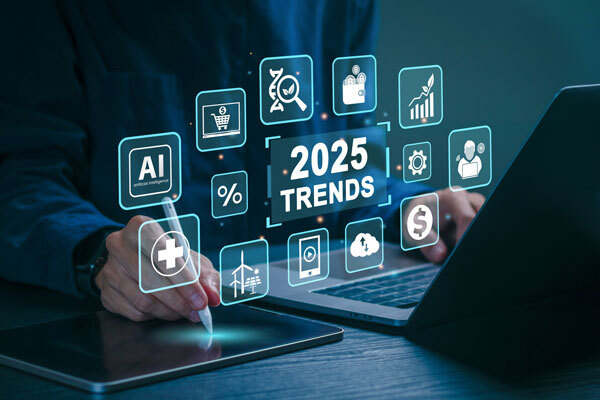 As we head into 2025, the cybersecurity landscape continues to shift and evolve in response to increasingly sophisticated threats, from the relentless surge of ransomware attacks to emerging risks fueled by AI-powered cybercrime. Organizations are not only contending with more frequent and complex breaches but are also embracing transformative security strategies, such as zero trust architectures and AI-driven cybersecurity solutions, to stay ahead of adversaries. Yet, even as technology advances, the perennial challenge of sourcing and retaining top cybersecurity talent remains a critical factor in securing digital infrastructures. Here’s what you need to know about 2025’s most pressing cybersecurity trends.
As we head into 2025, the cybersecurity landscape continues to shift and evolve in response to increasingly sophisticated threats, from the relentless surge of ransomware attacks to emerging risks fueled by AI-powered cybercrime. Organizations are not only contending with more frequent and complex breaches but are also embracing transformative security strategies, such as zero trust architectures and AI-driven cybersecurity solutions, to stay ahead of adversaries. Yet, even as technology advances, the perennial challenge of sourcing and retaining top cybersecurity talent remains a critical factor in securing digital infrastructures. Here’s what you need to know about 2025’s most pressing cybersecurity trends.
Persistent Ransomware Threats
Ransomware continues to be a formidable threat, with projections indicating a significant increase in attacks. Microsoft reported a 2.75-fold rise in ransomware attempts in 2023, and this trend is expected to persist into 2025. In fact, Gabrielle Hempel, a Customer Solutions Engineer at security platform provider Exabeam, predicts a “wave of triple extortion attacks” that include partner organizations and subsidiaries in new attacks. “Triple extortion will become the latest method to maximize profits from a single attack, wreaking havoc across entire supply chains,” she told Cyber Defense Magazine. Secondary costs could then spiral. Advisory group Forrester expects data breach-related class-action costs to exceed regulatory fines by 50% in 2025.
Cybersecurity professionals must prioritize robust defense mechanisms, including regular data backups, comprehensive employee training, and the implementation of advanced threat detection systems to mitigate these risks.
Zero Trust
Cyber Defense Magazine also argues that adoption of the zero-trust security model will accelerate in 2025: “Organizations will adopt zero-trust as the default security posture, ensuring that no device, user, or system is inherently trusted, especially in cloud and hybrid environments.”
They’re not alone. CompTIA discusses the value of zero trust in its 2025 Cybersecurity Trends report, writing, “Over the past five years, ‘zero trust’ has become the leading candidate for the new mindset around cybersecurity. If the old mindset could be defined as ‘secure perimeter,’ zero trust provides guidance around how to think about data, applications and user behavior in a modern digital environment.”
This is not necessarily a trivial shift, however. CompTIA points out that it can be hard to measure success with zero-trust frameworks, which complicates how to implement it. They recommend that cybersecurity professionals focus on measurable, trackable elements like identity and access management and multi-factor authentication.
Accessing Cybersecurity Skills
Sourcing talent and keeping up to date with needed skillsets in a field that never stops evolving will continue to challenge governments and organizations in 2025. The biggest skill gap at the moment: AI- and automation-related skills (only 29% of firms possess needed expertise but 49% see a significant need to improve).
This is made even tougher by rising burnout and turnover among cybersecurity professionals. A study by ISACA revealed that 66% of cybersecurity professionals report increased stress levels compared to five years ago, primarily due to an increasingly complex threat landscape.
Most firms will need to use a combination of tactics, including training, offering certifications, and upskilling existing personnel, as well as turning to third parties to help to fill in gaps. “Third-party resources remain an important part of the resource equation for many firms, with approximately one-third of companies utilizing either specialized cybersecurity providers or partners that provide a variety of technology services,” says CompTIA.
Looming (But Thankfully More Distant) Threats
Quantum computing isn’t quite here yet, but it looms large on the horizon. While it holds the potential to revolutionize various fields, it also threatens to undermine current encryption standards. Quantum computers could potentially decrypt data previously considered secure, posing significant risks to data confidentiality.
Another risk is the use of cyberattacks not just to steal from, or ransom, organizations, but to fully destabilize entire regions and nations. “As geopolitical tensions rise and cybercriminals become more emboldened, attackers will increasingly target essential services that can cripple entire nations. These attacks will be designed to maximize disruption and force victims into paying massive ransoms,” predicts Hempel.
Strategic Imperatives for 2025
To navigate the evolving threat landscape of 2025, cybersecurity professionals should focus on the following strategic areas:
- Adoption of AI-Driven Defense Mechanisms: Leveraging AI for threat detection and response can enhance the ability to identify and mitigate sophisticated attacks.
- Implementation of Zero Trust Architectures: Assuming that threats may exist both inside and outside the network perimeter, and verifying each access request, can strengthen security postures.
- Enhancement of Supply Chain Security: Conducting thorough assessments and monitoring of third-party partners can help identify and mitigate supply chain vulnerabilities.
- Getting Help When Needed: Don’t let skill or technology gaps weaken your security posture; outside partners can not only help to strengthen your defenses, but they can often do so cost-effectively than is possible in-house and even drive outright ROI.
By proactively addressing these areas, organizations can strengthen their defenses and better prepare for the challenges that 2025 is expected to bring and—better yet—make sure that the investments in cybersecurity actually produce desired outcomes.
About PSL
PSL is a global outsource provider whose mission is to provide solutions that facilitate the movement of business-critical information between and among government agencies, business enterprises, and their partners. For more information, please visit or email info@penielsolutions.com.
